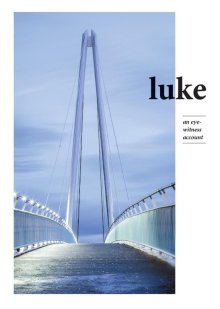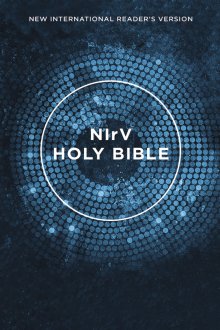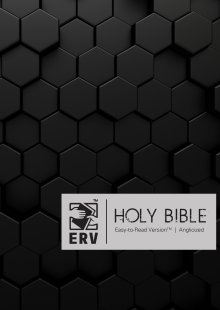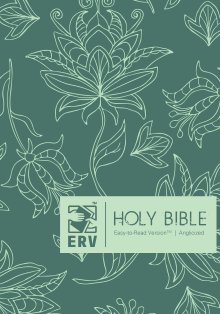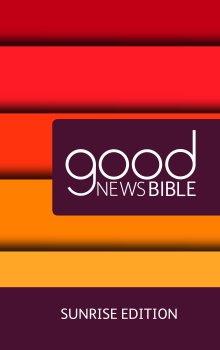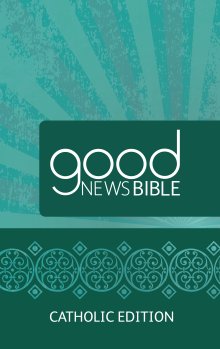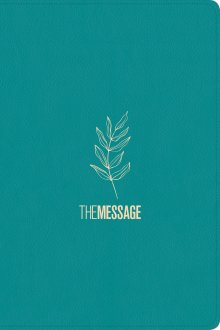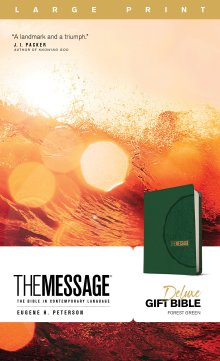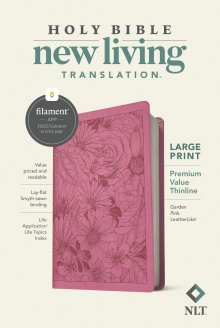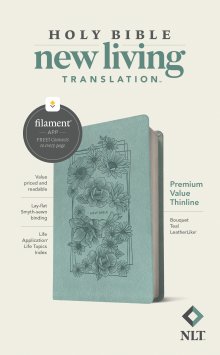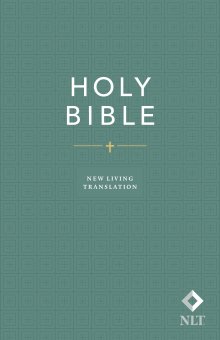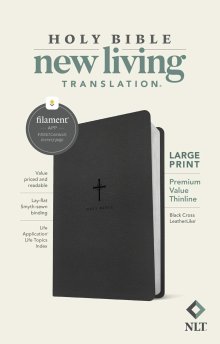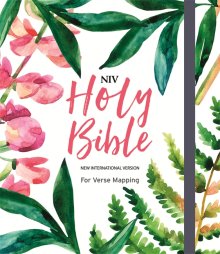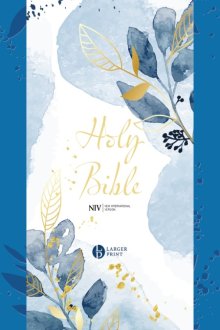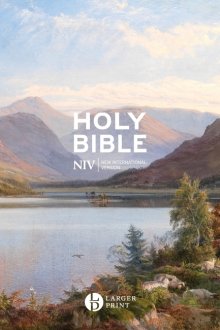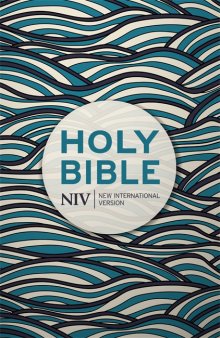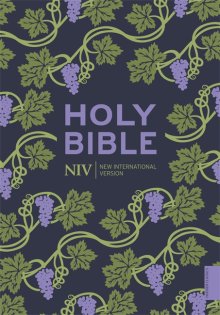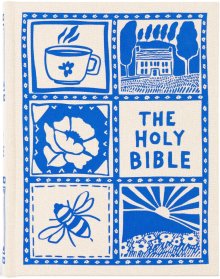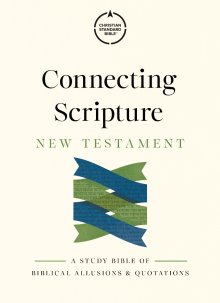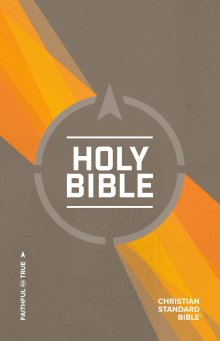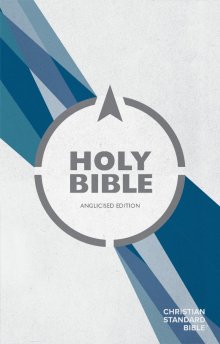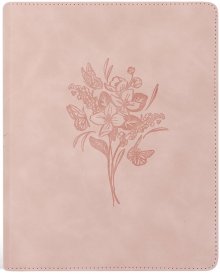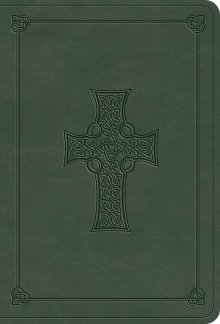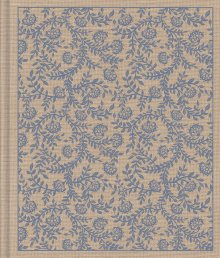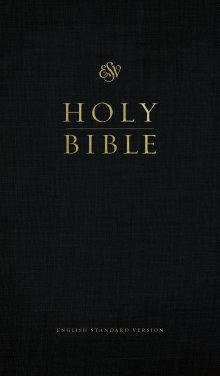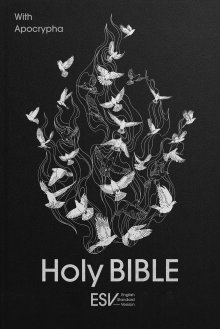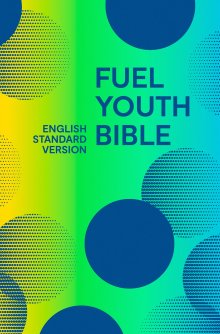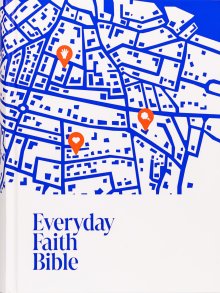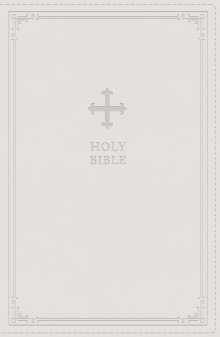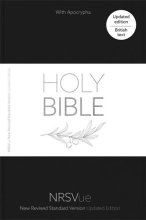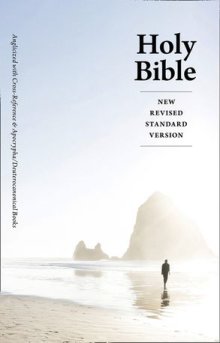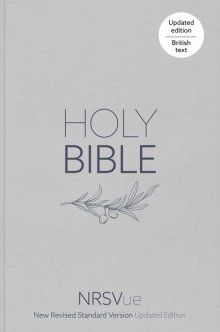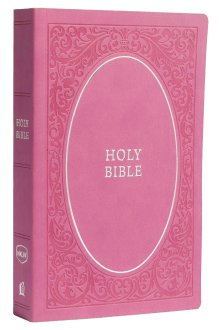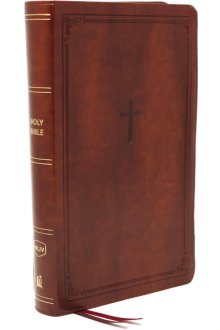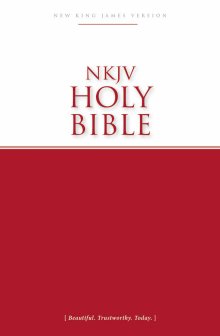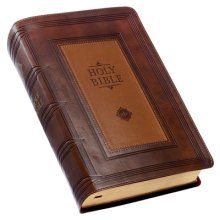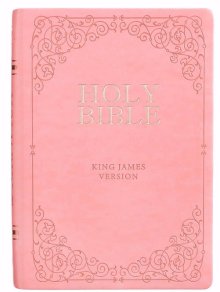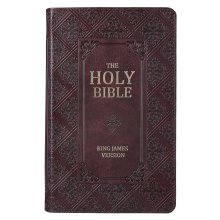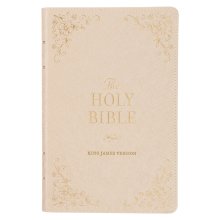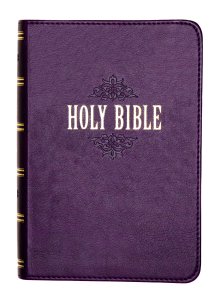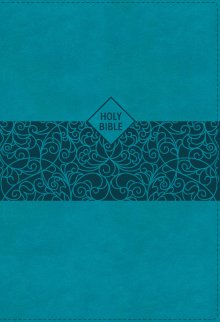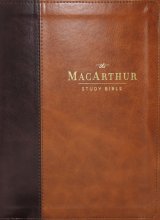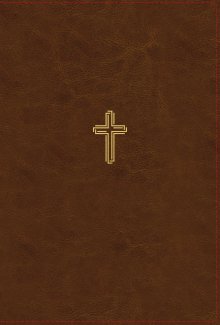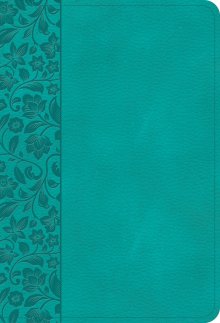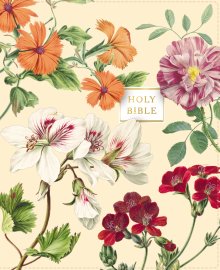Bible Translation Reading Levels Explained (A Simple Guide)
Aaron Lewendon - Eden Bibles & Bible Study Specialist
Estimated Read Time: 5 Minutes

Have you ever picked up a Bible translation and found it easy and engaging, while another felt dense and difficult? It's not just you. Different Bible translations are intentionally written at different reading levels, much like books for different age groups in a library.
Understanding these reading levels is one of the most helpful keys to unlocking Scripture. Choosing a translation that matches your reading comfort level can transform your experience from frustrating to fulfilling, allowing you to focus on the message, not just deciphering the words.
But what do these "reading levels" actually mean? And how do you know which translation is right for you? This simple guide will explain everything you need to know about Bible translation reading levels.
Bible translation reading levels indicate the ease of understanding the text, typically measured by school grade level; easier versions like the NIrV (UK Year 3) use simple words, while more literal versions like the ESV or KJV (UK Year 10+) use more complex language suited for deeper study.
What Are Bible Reading Levels?
Bible reading levels are estimates of the years of education typically needed to comfortably read and understand a specific translation. They are often based on factors like:
- Vocabulary: Are the words simple and common, or complex and technical?
- Sentence Length: Are the sentences short and direct, or long and complex?
- Grammatical Structure: Is the language natural and modern, or formal and archaic?
These levels are usually expressed using US school grade levels (e.g., Grade 3, Grade 8, Grade 11), but we'll provide approximate UK reading age equivalents here.
Why Do Reading Levels Matter?
Choosing a translation significantly above your comfortable reading level can lead to frustration and make it hard to build a consistent reading habit. Conversely, choosing one that is too simple might lack the nuance needed for deep study. The goal is to find the "sweet spot" that allows for both understanding and growth.
Reading Levels and the Translation Spectrum
There's a direct link between a translation's philosophy and its reading level. "Word-for-word" translations aim for literal precision, which often results in more complex language and a higher reading level. "Thought-for-thought" translations prioritise clarity, resulting in simpler language and a lower reading level.
Bible Translations by Reading Level (Easiest to Hardest)
Here’s a breakdown of popular translations and their approximate UK reading age equivalents:
1. Easiest (Ages 6-10 / UK Years 1-5)
These translations use very simple vocabulary and short sentences, perfect for children or those new to English.
- NIrV (New International Reader's Version): Reading Age 8 (Year 3) - A direct simplification of the NIV.
- ERV (Easy-to-Read Version): Reading Age 8 (Year 3) - Uses a controlled, basic vocabulary.
- GNB (Good News Bible): Reading Age 9 (Year 4) - Known for its simple language and iconic illustrations.
Easiest to Read Bibles
2. Easy / Accessible (Ages 10-12 / UK Years 6-7)
These translations use natural, everyday language that flows smoothly. Great for devotional reading.
- NLT (New Living Translation): Reading Age 11 (Year 6) - Warm, relational, and highly readable.
- The Message (MSG): Reading Age 11 (Year 6) - A contemporary paraphrase, reads like a novel.
Easy to Read / Accessible Bibles
3. Moderate (Ages 12-14 / UK Years 8-9)
These popular translations offer a balance between accuracy and readability, suitable for a general audience.
- NIV (New International Version): Reading Age 12 (Year 7) - The world's most popular modern Bible.
- CSB (Christian Standard Bible): Reading Age 12 (Year 7) - A modern translation balancing accuracy and clarity ("Optimal Equivalence").
Moderate Reading Level Bibles
4. More Challenging (Ages 14+ / UK Year 10+)
These translations prioritise literal accuracy, resulting in more complex vocabulary and sentence structures. Excellent for deep study.
- ESV (English Standard Version): Reading Age 15 (Year 10) - "Essentially literal," the modern standard for scholars.
- NRSV (New Revised Standard Version): Reading Age 16 (Year 11) - The benchmark for academic and ecumenical use.
- NKJV (New King James Version): Reading Age 14 (Year 9) - Updates the KJV's language while retaining its style.
More Challenging Bibles
5. Most Challenging (Advanced)
- KJV (King James Version): Reading Age 17 (Year 12) - Beautiful and historic, but its 17th-century language makes it the most difficult for modern readers.
- NASB (New American Standard Bible): Reading Age 16 (Year 11) - Extremely literal, often considered the most word-for-word accurate, which can make it complex to read smoothly.
Most Challenging Bibles
The complete list ranked by most popular translations:
Here are the top adult Bible translations, with their reading levels:
NIV - Reading Age 12 (Year 7)
NLT - Reading Age 11 (Year 6)
ESV - Reading Age 15 (Year 10)
KJV - Reading Age 17 (Year 12)
NKJV - Reading Age 14 (Year 9)
NRSV - Reading Age 16 (Year 11)
Good News - Reading Age 9 (Year 4)
CSB - Reading Age 12 (Year 7)
The Message - Reading Age 11 (Year 6)
NIrV - Reading Age 8 (Year 3)
ERV - Reading Age 8 (Year 3)
NASB - Reading Age 16 (Year 11)
How to Choose the Right Reading Level for You
- Consider Your Purpose: Are you reading for daily devotion (choose an easier level) or deep academic study (choose a more challenging level)?
- Know Your Comfort Zone: Be honest about your own reading preferences. Do you enjoy complex literature or prefer clear, straightforward language?
- Read Samples: The best way to choose is to read the same passage (like John 3:16) in several different translations. Which one feels most comfortable and clear to you?
Understanding reading levels empowers you to choose a Bible that will help you connect with God's Word effectively. Don't be afraid to start simple. The goal is connection, not complexity.
Still not sure which translation is right for you? Our Bible Finder tool can give you a personalised recommendation in just a few clicks.
A frequently asked question we hear is 'What is the most accurate Bible translation?' If accuracy is a key factor in which Bible you choose, read our guide to The 5 Most Accurate Bible Translations.
Latest Blogs

Bible
Bible Translation Reading Levels Explained (A Simple Guide)
Understand Bible translation reading levels easily. Our guide explains the reading age for NIV, NLT, ESV, KJV & more to help you choose the right Bible.

Introducing...
Is Charlie Mackesy Christian?
Charlie Mackesy is the illustrator and author of the bestselling book The Boy, The Mole, The Fox and The Horse. He is also a Christian and has been for many years.

Christian Festivals
Spring Harvest 2026: Dates, Speakers & Theme
Discover what's happening at this year's Spring Harvest Festival! Join top Christian speakers, including Andrew Ollerton for worship, teaching & fellowship at Minehead and Skegness.

Bible Plan
Simple Advent Bible Reading Plan: Journey Through the Christmas Story
A simple, 25-day Advent Bible reading plan that walks you through the Christmas story, from the ancient prophecies to the birth of Jesus. Perfect for daily reflection.

Bible Study
How to Study the Bible: The 5 Best Methods for Beginners (2025)
Want to study the Bible but don't know how? Our simple guide for beginners explains 5 easy methods (like SOAP and HEAR) to help you start with confidence.

Hosanna Revival
Meet the Hosanna Revival Winter Collection 2025
Discover the beautiful new Winter 2025 collection from Hosanna Revival, featuring new artistic Bibles, prayer journals, and notebooks in stunning themes.


